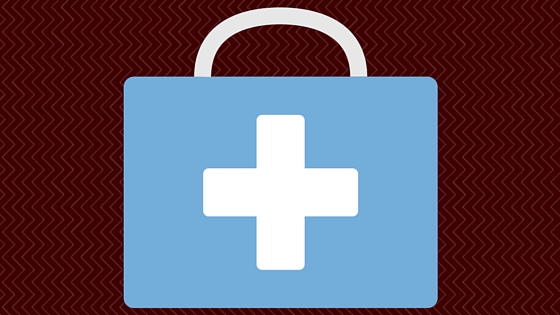Hospitals, especially non-profit hospitals, have had a decline in the number of charity care cases since the enactment of the Affordable Care Act, but the flip side is that the number of patients who are not paying their bills has also increased.
The situation has become so dire for some hospitals, that they are giving up their non-profit status to avoid the collection provisions of the ACA, also known as Obamacare. Franklin Medical Center, in Louisiana, has decided to forego its non-profit status so that it can collect on unpaid debts sooner than if it maintained the non-profit status. Under the ACA, non-profit healthcare institutions must wait 180 days before attempting to collect on an unpaid debt. The size of Franklin Medical Center’s accounts receivable has nearly doubled during the past two years, to $3.4 million currently, from $1.8 million in 2014.
About half of all hospitals in the United States are non-profit facilities that are not operated by a local or state government, according to the American Hospital Association. Of the 5,600 hospitals in the U.S., only 1,000 are for-profit facilities, according to the AHA.
Said Jamie Stewart, Executive Vice President & Chief Administrative Officer, Grafton Integrated Health Network and Open Minds Advisory Board member: “The reality is that we are shifting the composition of uncompensated care – from more charity care to more bad debt. This shift is a problem of both policy and financial management for provider organizations.”
Some hospitals are reporting significant increases in the amount of bad debt on their balance sheets. Campbell County Health, in Wyoming, for example, has seen a 42% increase in the amount of unpaid debts in the past two years.
“We were really optimistic when the legislation was passed that there would be more folks with insurance and things would get better for hospitals,” said Dalton Huber, chief financial officer of Campbell County Health in Gillette. … “It’s not improving for us here.”
Other hospitals have seen decreases in unpaid debts that are just as large. The difference appears to be how the individual states are handling areas like Medicaid and Medicare, and using that to cover those individuals who are unable to afford insurance.
Hospitals are being forced to do more proactive budgeting to plan and prepare for patient bills that will not be paid. Many non-profit hospitals chose that tax status in order to provide more charity care to patients. But as the amount of charity care required decreases, hospitals may be forced to look at other alternatives to maintain their financial well-being.
While hospitals are trying to do more to limit the amount of bad debt – such as requiring more payments in advance – there is a need for better systems and procedures – including the use of third-party collection agencies – to help deal with this potential problem.








